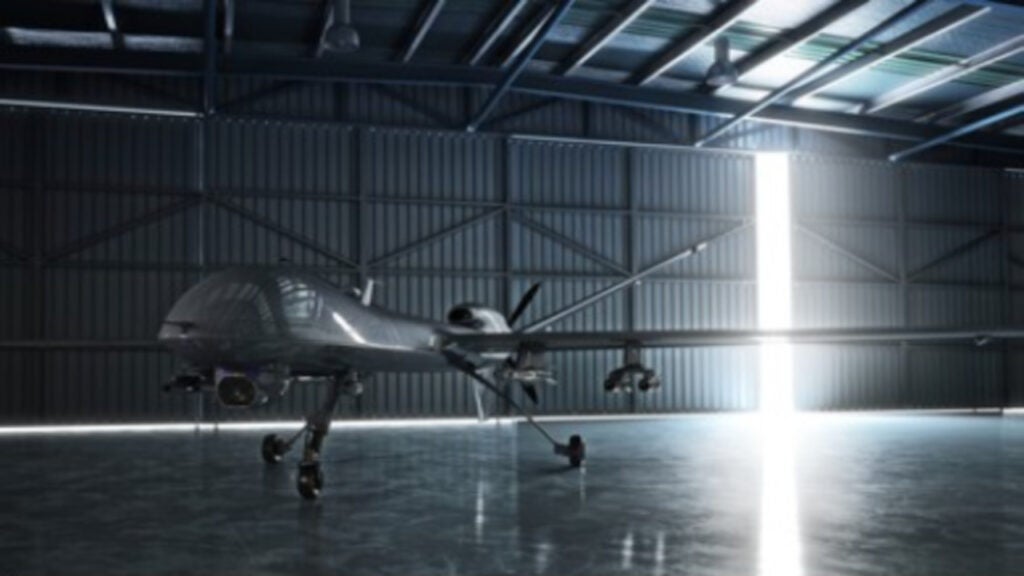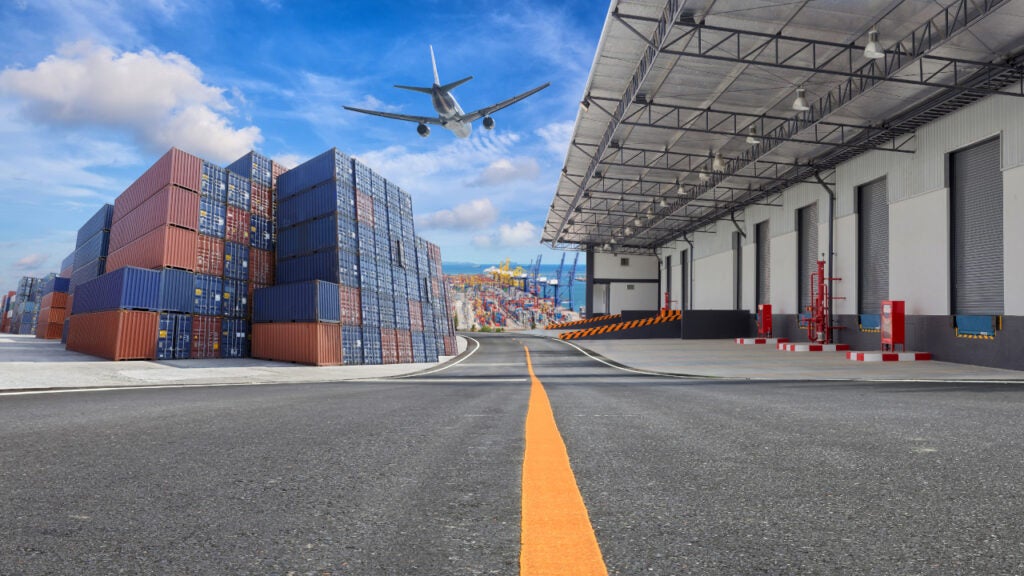The aerospace and defence industry continues to be a hotbed of innovation, with activity driven by the need to lower operational costs, larger consumer trends, and electrification, and growing importance of technologies such as hydrogen and electric aircraft and advanced materials. In the last three years alone, there have been over 174,000 patents filed and granted in the aerospace and defence industry, according to GlobalData’s report on Environment Sustainability in Aerospace, Defence & Security: Epoxy-based composites.
However, not all innovations are equal and nor do they follow a constant upward trend. Instead, their evolution takes the form of an S-shaped curve that reflects their typical lifecycle from early emergence to accelerating adoption, before finally stabilising and reaching maturity.
Identifying where a particular innovation is on this journey, especially those that are in the emerging and accelerating stages, is essential for understanding their current level of adoption and the likely future trajectory and impact they will have.
180+ innovations will shape the aerospace and defence industry
According to GlobalData’s Technology Foresights, which plots the S-curve for the aerospace and defence industry using innovation intensity models built on over 262,000 patents, there are 180+ innovation areas that will shape the future of the industry.
Within the emerging innovation stage, hydrogen fuel cells, aircraft powertrain control, and fuel cells for aircrafts are disruptive technologies that are in the early stages of application and should be tracked closely. EV charging stations, hybrid propulsion aircraft engines, and electric aircraft charging interfaces are some of the accelerating innovation areas, where adoption has been steadily increasing. Among maturing innovation areas are fuselage frame modelling and epoxy-based composites, which are now well established in the industry.
Innovation S-curve for environmental sustainability in the aerospace and defence industry

Epoxy-based composites is a key innovation area in environmental sustainability
Epoxy composites are a type of polymer material that uses an epoxy resin to create a polymer matrix which is reinforced with fibres or other fillers. This allows for the fabrication of long-lasting parts with very high strength-to-weight ratios. Epoxy-based composites are used in automotive and aerospace applications because of their high strength-to-weight ratio, high stiffness-to-weight ratio, and good resistance to wear and corrosion.
GlobalData’s analysis also uncovers the companies at the forefront of each innovation area and assesses the potential reach and impact of their patenting activity across different applications and geographies. According to GlobalData, there are 10+ companies, spanning technology vendors, established aerospace and defence companies, and up-and-coming start-ups engaged in the development and application of epoxy-based composites.
Key players in epoxy-based composites – a disruptive innovation in the aerospace and defence industry
‘Application diversity’ measures the number of different applications identified for each relevant patent and broadly splits companies into either ‘niche’ or ‘diversified’ innovators.
‘Geographic reach’ refers to the number of different countries each relevant patent is registered in and reflects the breadth of geographic application intended, ranging from ‘global’ to ‘local’.
QinetiQ is one of the leading aerospace and defence companies filing patents in epoxy-based composites. The company has a history of applying this existing technology to novel developments. For example, the company designed Zephyr, a High-Altitude Platfrom System, and utilised epoxy-based composited in constructing the airframe in order to deliver low-weight, high-strength wings. Some other leading patent filers relating to epoxy-based composites include Toray Industries, Hexcel and 3M.
In terms of application diversity, Toray Industries leads the pack. QinetiQ and RAG-Stiftung stood in the second and third positions respectively. By means of geographic reach, 3M held the top position, followed by Toray Industries and RAG-Stiftung.
To further understand the key themes and technologies disrupting the aerospace and defence industry, access GlobalData’s latest thematic research report on Defence.




